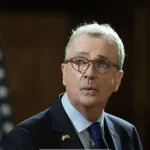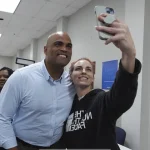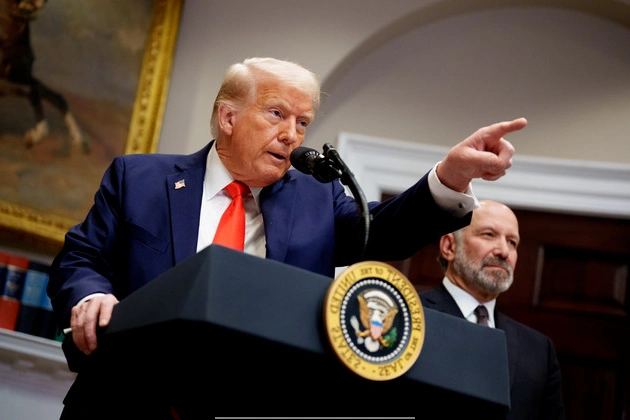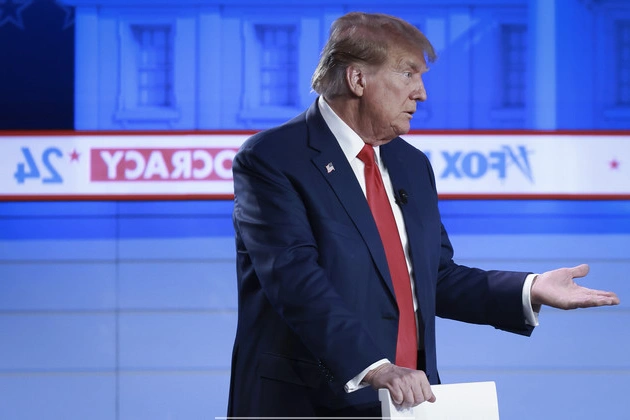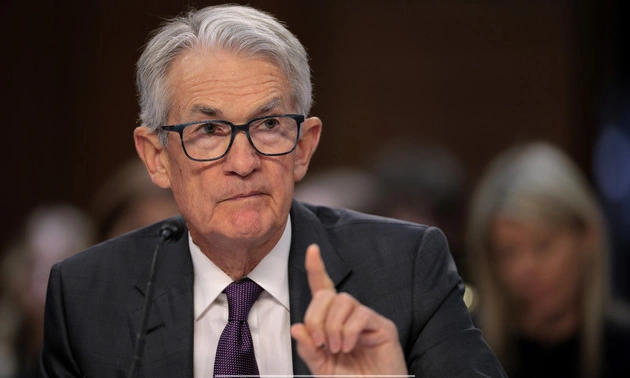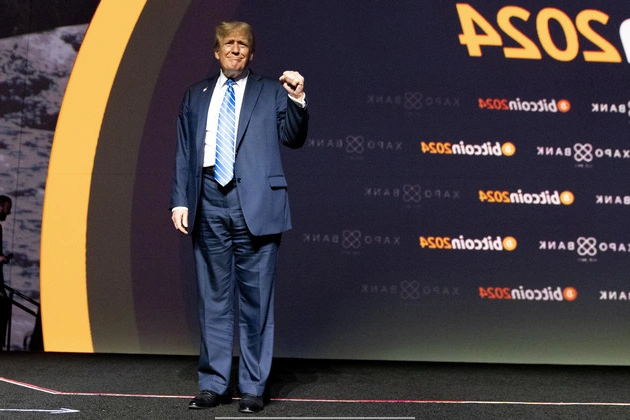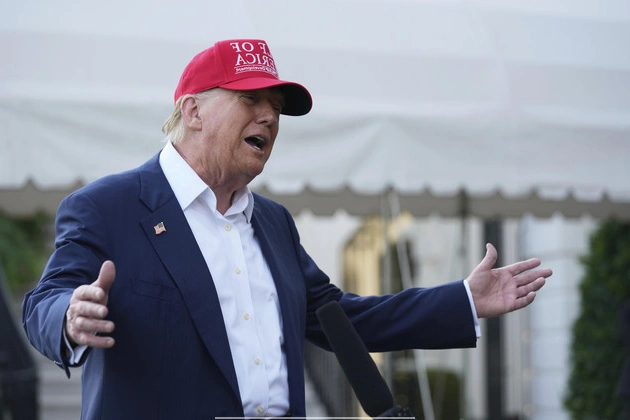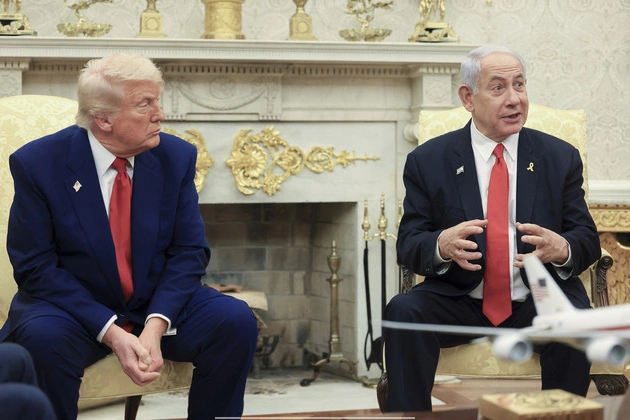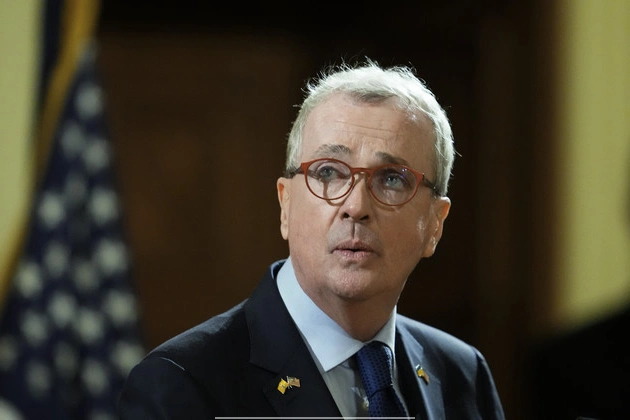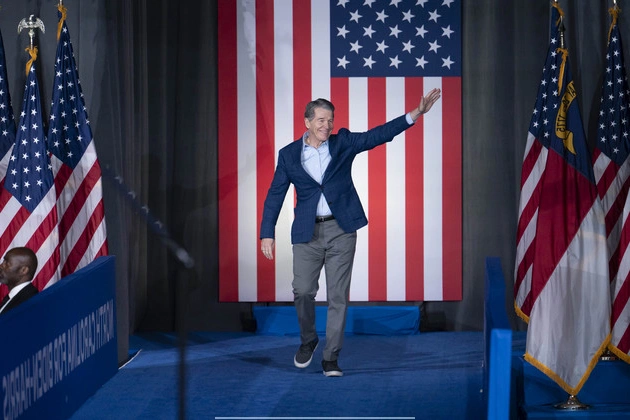
Trump's Efforts to Lower Prices: Challenges and Realities
Donald Trump made bold promises during his campaign to reduce prices across the board. However, the reality of achieving this goal is proving to be more complex than anticipated.
One of the primary challenges lies in the limited tools available to the government to directly influence prices without risking economic stability. Trump’s focus on deregulation as a cost-lowering strategy may benefit corporations, but it does not guarantee price reductions for consumers.
The Dilemma of Lowering Costs
While Trump aims to control the cost of living and push for lower interest rates, the Federal Reserve’s commitment to inflation control presents a significant hurdle. The intricate balance between economic growth, inflation, and consumer affordability complicates the path to lower prices.
Norbert Michel of the Cato Institute highlights the complexity of price reduction efforts, emphasizing the practical challenges involved.
Practical Limitations and Economic Realities
Trump’s emphasis on lowering the cost of living resonates with many Americans, yet practical limitations are already evident. The recent surge in egg prices due to avian flu outbreaks underscores the unpredictable nature of commodity pricing.
Additionally, conflicting interests with corporate entities pose obstacles to Trump’s promises. The push for increased oil production to lower fuel prices clashes with global market dynamics, where production decisions are largely driven by price trends.
Rory Johnston of Commodity Context explains the intricate relationship between oil production and pricing dynamics, indicating the complexities involved in achieving price reductions.
Current Challenges and Future Strategies
The administration’s consideration of broad tariffs on imported goods further complicates the quest for lower consumer costs. Consumer skepticism regarding the feasibility of price reductions adds another layer of uncertainty.
Despite these challenges, Vice President JD Vance emphasizes a long-term approach focused on wage growth relative to prices, a strategy endorsed by economists for its sustainable economic benefits.
The administration’s actions to unleash American energy and address past economic policies aim to alleviate cost pressures on families. However, the journey towards significant price reductions is acknowledged to be gradual.
Future Prospects and Policy Implications
While Trump’s initiatives like expanding housing supply and combating avian flu offer potential relief, the complexities of regulatory frameworks and economic interdependencies pose significant hurdles.
Martha Gimbel’s perspective on the current economic landscape underscores the challenges of achieving low prices and interest rates simultaneously in the existing scenario.
As Trump navigates the intricate terrain of price control, the evolving economic landscape will test the feasibility of his promises and the resilience of American households in the face of economic uncertainties.


